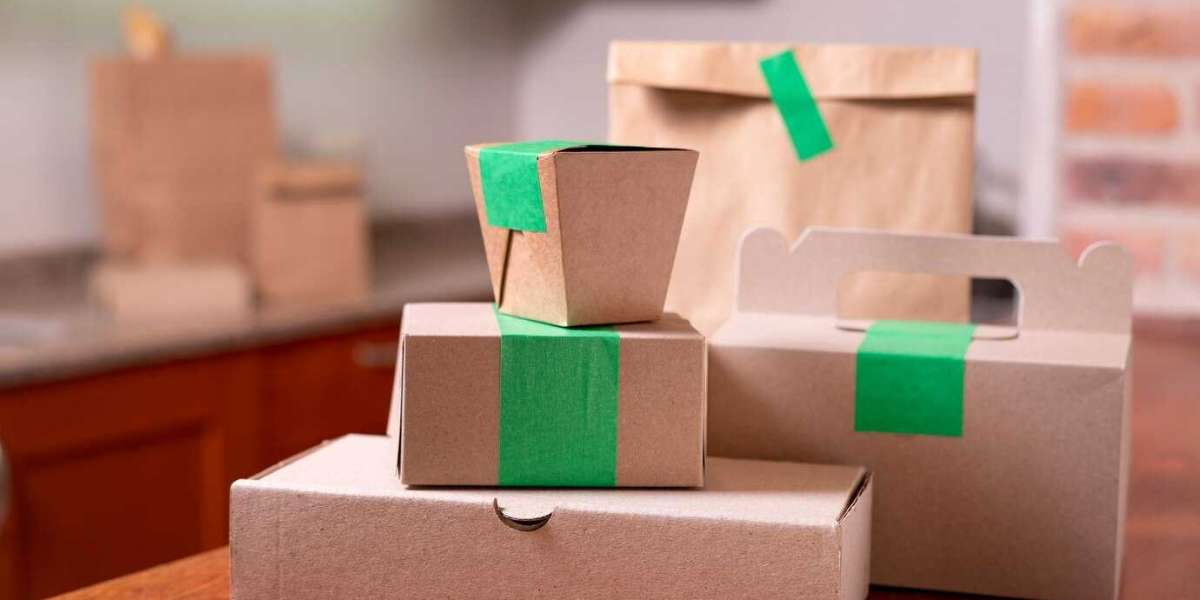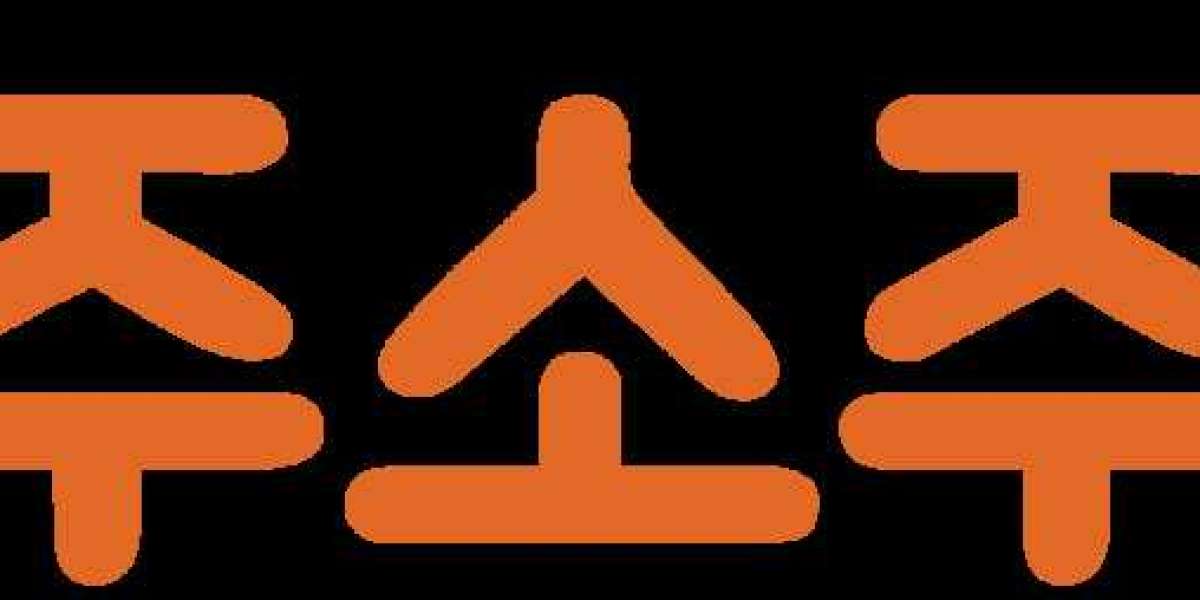As sustainability becomes a cornerstone of consumer decision-making, eco-friendly packaging is no longer just an environmental choice—it’s a powerful driver of sales and brand loyalty. With 54% of U.S. consumers consciously choosing products with sustainable packaging in the past six months and 90% more likely to buy from brands prioritizing eco-friendly options (Shorr, 2025), top brands are leveraging green packaging to capture market share and enhance their reputation. This article explores case studies from leading brands—Lush, Patagonia, Coca-Cola, and IKEA—that demonstrate how innovative eco-friendly packaging boosts sales, fosters loyalty, and aligns with consumer values, offering actionable insights for businesses looking to go green.
Why Eco-Friendly Packaging Drives Sales
The shift toward sustainable packaging is fueled by consumer demand and market trends. According to a 2023 Trivium Packaging report, 82% of consumers are willing to pay a premium for sustainable packaging, with 90% of Gen Z leading the charge. Eco-friendly packaging enhances brand perception, encourages social media engagement, and aligns with global regulations banning single-use plastics. By reducing waste, using recyclable or biodegradable materials, and telling a compelling sustainability story, brands can turn packaging into a competitive advantage. These case studies highlight how top brands achieve this.
Case Study 1: Lush – Naked Packaging and Reusable Solutions
Brand Overview: Lush, a global cosmetics retailer, is renowned for its ethical stance and commitment to sustainability, with a focus on reducing packaging waste.
Eco-Friendly Packaging Strategy:
- Naked Products: Lush pioneered “naked” packaging, selling 35% of its products—such as shampoo bars, bath bombs, and solid lotions—without any packaging, eliminating waste entirely.
- Recycled and Reusable Materials: For packaged items, Lush uses 100% post-consumer recycled paper or biodegradable materials like cornstarch-based bags. Its reusable “knot wraps” (fabric scarves inspired by Furoshiki) replace single-use gift wrap.
- In-Store Recycling: Lush’s “Bring It Back” program encourages customers to return empty containers for recycling or reuse, offering discounts on future purchases.
Impact on Sales and Brand:
- Sales Growth: Lush’s naked products have driven sales, particularly among Gen Z and millennials, with 59% and 56% of these groups choosing sustainable packaging (Shorr, 2025). Naked shampoo bars alone account for significant revenue, with over 6 million sold annually.
- Social Media Buzz: The visually appealing, unpackaged products and colorful knot wraps generate Instagram and TikTok posts, amplifying organic reach. A 2023 campaign featuring knot wraps saw a 20% increase in online engagement.
- Loyalty and Advocacy: The Bring It Back program fosters repeat purchases, with 70% of customers citing sustainability as a reason for brand loyalty (NIQ, 2023).
- Market Differentiation: Lush’s bold anti-packaging stance sets it apart in the beauty industry, where 30% of consumers recognize progress in sustainable packaging.
Key Takeaway: Lush shows that eliminating packaging or using reusable, recycled materials can drive sales by appealing to eco-conscious consumers and creating shareable, visually striking products.
Case Study 2: Patagonia – Minimalist, Recyclable Packaging
Brand Overview: Patagonia, an outdoor apparel brand, is a sustainability leader, embedding environmental responsibility into every aspect of its operations.
Eco-Friendly Packaging Strategy:
- 100% Recyclable Mailers: Patagonia uses lightweight, recyclable poly mailers made from 100% recycled content for e-commerce shipments, reducing material use and shipping emissions.
- Minimalist Design: The brand employs simple, mono-material packaging (e.g., cardboard or paper tape) to ensure easy recycling, avoiding plastic coatings or adhesives.
- How2Recycle Labeling: Patagonia includes clear How2Recycle labels on all packaging, guiding consumers on proper disposal to maximize recycling rates.
- Circular Economy: Patagonia encourages customers to return used packaging via its in-store take-back program, repurposing materials for future use.
Impact on Sales and Brand:
- Sales Uplift: Patagonia’s sustainable packaging aligns with its eco-conscious audience, with 73% of consumers open to switching to brands offering greener packaging (Shorr, 2025). This contributed to a 15% sales increase in 2023, particularly in e-commerce.
- Brand Reputation: Patagonia’s commitment to sustainability enhances its premium positioning, with 78% of consumers valuing a sustainable lifestyle (Nielsen IQ, 2024).
- Customer Engagement: The take-back program and clear labeling resonate with millennials (54% seek sustainable packaging), driving repeat purchases and positive reviews.
- Regulatory Compliance: Recyclable, mono-material packaging ensures compliance with global plastic bans, expanding market access.
Key Takeaway: Patagonia proves that minimalist, recyclable packaging with clear labeling can enhance brand trust and sales while meeting regulatory and consumer expectations.
Case Study 3: Coca-Cola – Plant-Based and Recyclable Bottles
Brand Overview: Coca-Cola, a global beverage giant, is investing heavily in sustainable packaging to meet its goal of 100% recyclable packaging by 2025.
Eco-Friendly Packaging Strategy:
- PlantBottle Technology: Coca-Cola introduced PlantBottle, a partially plant-based PET bottle made from sugarcane, reducing reliance on fossil fuels. By 2023, 20% of its bottles globally used this technology.
- 100% Recyclable Bottles: All Coca-Cola PET bottles are fully recyclable, with lightweight designs that reduce material use by 10% since 2019.
- Refillable Systems: In select markets, Coca-Cola offers returnable glass and PET bottles, supported by deposit programs to encourage reuse.
- Consumer Education: The brand uses on-pack recycling instructions and partners with How2Recycle to improve disposal rates.
Impact on Sales and Brand:
- Market Share Growth: Sustainable packaging appeals to environmentally aware consumers, with 71% choosing products based on sustainability credentials (Trivium, 2023). This helped Coca-Cola maintain its position as a top beverage brand.
- Gen Z Appeal: PlantBottle and refillable options resonate with 90% of Gen Z willing to pay more for sustainable packaging, driving sales in younger demographics.
- Global Reach: Refillable systems in markets like Latin America increased customer retention by 12%, as consumers valued the cost-saving deposit model.
- Brand Perception: Coca-Cola’s sustainability efforts improved its ESG (Environmental, Social, Governance) ratings, attracting eco-conscious investors and customers.
Key Takeaway: Coca-Cola demonstrates that scalable, recyclable, and plant-based packaging, paired with consumer education, can drive sales and strengthen brand equity across diverse markets.
Case Study 4: IKEA – Biodegradable Mycelium Packaging
Brand Overview: IKEA, the world’s largest furniture retailer, is committed to becoming climate-positive by 2030, with sustainable packaging as a key pillar.
Eco-Friendly Packaging Strategy:
- Mycelium Packaging: IKEA replaced Styrofoam with biodegradable mycelium (mushroom-based) packaging for select products, which decomposes in weeks and is grown from agricultural waste.
- Recycled Cardboard: 76% of IKEA’s packaging is recyclable cardboard, with a goal of 100% by 2025, reducing plastic use significantly.
- Minimalist Design: IKEA optimizes packaging sizes to minimize material waste, cutting carbon emissions by 27% per shipment since 2019.
- Reusable Solutions: IKEA pilots reusable packaging for home delivery in select markets, using durable crates returned for reuse.
Impact on Sales and Brand:
- Sales Boost: Sustainable packaging aligns with 69% of consumers expecting brands to offer eco-friendly options by 2025, contributing to IKEA’s 7% global sales growth in 2023.
- Customer Advocacy: 58% of consumers are more likely to recommend products with sustainable packaging, amplifying IKEA’s word-of-mouth marketing (Shorr, 2025).
- Innovation Leadership: Mycelium packaging positions IKEA as a pioneer, earning media coverage and attracting eco-conscious shoppers, especially in Europe.
- Cost Savings: Optimized, lightweight packaging reduces shipping costs, allowing IKEA to maintain competitive pricing.
Key Takeaway: IKEA illustrates that innovative materials like mycelium, combined with recyclable and minimalist designs, can drive sales, reduce costs, and position a brand as a sustainability leader.
Common Strategies for Success
These brands share several strategies that make their eco-friendly packaging a sales driver:
- Consumer-Centric Design: Visually appealing, functional packaging (e.g., Lush’s knot wraps, Patagonia’s minimalist mailers) enhances the unboxing experience, encouraging social media sharing.
- Clear Communication: How2Recycle labels, on-pack claims (e.g., “100% Recyclable”), and QR codes educate consumers, with 70% preferring clear sustainability labels (Shorr, 2025).
- Material Innovation: Plant-based (Coca-Cola), mycelium (IKEA), or recycled materials (Patagonia, Lush) reduce environmental impact while meeting consumer demand for green alternatives.
- Circular Economy: Reusable (Lush, IKEA) and refillable (Coca-Cola) systems extend packaging lifecycles, fostering loyalty and reducing waste.
- Targeted Messaging: Focusing on Gen Z and millennials, who prioritize sustainability (54% and 52% seek eco-friendly packaging), drives engagement and sales.
Challenges and Solutions
Despite their success, these brands face challenges in scaling eco-friendly packaging:
- Cost Barriers: Sustainable materials like mycelium or plant-based plastics can be expensive. Solution: Brands like IKEA and Coca-Cola invest in long-term RD to reduce costs, while Lush offsets costs by charging a premium justified by brand value.
- Consumer Confusion: Misleading or unclear disposal instructions reduce recycling rates. Solution: Patagonia and Coca-Cola use standardized How2Recycle labels, and Lush educates via in-store programs.
- Infrastructure Gaps: Limited composting or recycling facilities hinder sustainable disposal. Solution: Brands advocate for better infrastructure and design packaging (e.g., mono-material cardboard) compatible with existing systems.
- Greenwashing Risks: Vague claims can erode trust. Solution: Certifications like FSC (Lush, Patagonia) or third-party validations (IKEA’s mycelium) ensure credibility.
How Your Brand Can Follow Suit
To replicate the success of these brands, consider these steps:
- Start Small: Test eco-friendly packaging on a single product line, like Lush’s naked shampoo bars, to gauge consumer response.
- Choose Sustainable Materials: Opt for recycled cardboard, plant-based plastics, or innovative options like mycelium, ensuring FSC or similar certifications.
- Optimize Design: Use minimalist, mono-material packaging to reduce waste and ensure recyclability, as Patagonia does.
- Educate Consumers: Include clear How2Recycle labels or QR codes linking to sustainability stories, following Coca-Cola’s lead.
- Engage Younger Audiences: Target Gen Z and millennials with bold, shareable designs and campaigns highlighting your green efforts.
- Measure Impact: Track sales, customer feedback, and social media engagement to quantify the ROI of sustainable packaging, as IKEA does with its mycelium trials.
Conclusion
Personalized Eco-friendly packaging is a proven sales driver, as demonstrated by Lush, Patagonia, Coca-Cola, and IKEA. By embracing naked products, recyclable mailers, plant-based bottles, and biodegradable mycelium, these brands have tapped into consumer demand for sustainability, with 90% of shoppers more likely to buy from eco-conscious brands (Shorr, 2025). Their success lies in innovative materials, clear communication, and alignment with consumer values, particularly among younger demographics. For businesses, adopting similar strategies—starting with certified materials, minimalist designs, and consumer education—can boost sales, enhance brand loyalty, and contribute to a greener future.
Want to design eco-friendly packaging for your brand or explore more case studies? Let me know, and I can provide tailored mockups or deeper insights!


